Are You Prepared for an OSHA Inspection?
Posted by Kristopher Schwind

The Occupational Safety and Health Administration (OSHA) is responsible for ensuring that companies are running safe, healthy workplaces.
Every single week, OSHA drops in unannounced on an average of 1,000 employers to conduct a surprise inspection. With jurisdiction over roughly 7 million worksites, that may very well include your business.
So, how can you prepare for one of these unexpected visits?
1. Stay Committed to Occupational Safety from the Start
Be sure you let your team know who will be responsible for which roles during an OSHA inspection. According to Epstein Becker & Green, a national law firm, there are seven main roles your team should play in the event of an OSHA inspection (though each role should be covered):
1. Principal Spokesperson: The team leader/point person
2. Document Coordinator: The person managing the document production process during and after the inspection
3. Interview Coordinator: The person managing the interview process, preferably formally designated in writing as the sole authorized person to accept requests for interviews from OSHA
4. Walkaround Escort/Scribe: The person who escorts OSHA at ALL times throughout the inspection
5. Photographer: The person who takes side-by-side photographs of everything the compliance officer photographs
6. Sampler: The person responsible for coordinating any samples requested by the OSHA compliance officer
7. Union/Contractor Liaison: The person assigned to coordinate inspection activities with any contractors and/or their unions
2. Know What to Expect During the Inspection
According to OSHA, there are five main components of a typical inspection:
- Preparation
OSHA compliance officers will research the inspection history of your worksite, review the operations and processes currently in use, and figure out what standards are most likely to apply. - Presentation of Credentials
The compliance officer will formally present their credentials, which should include both a photograph and a serial number. - Opening Conference
Before the compliance officer begins walking around your site, they’ll sit down and explain why your workplace was selected for inspection in the first place. They’ll cover the scope of the inspection, walkaround procedures, employee representation, and employee interviews. You’ll need to select a representative to accompany the compliance officer during their inspection. - Walkaround
Your chosen representative and, if you have one, an authorized representative of the employees, will join the compliance officer during their walk through of the workplace. They’ll look closely for hazards that could lead to injury or illness, and will also review worksite injury and illness records and ensure that the official OSHA poster is posted appropriately.
If there are any hazards that can be immediately corrected, the compliance officer will point them out. The law requires that they still be cited, but prompt correction is seen as a “sign of good faith on the part of the employer,” according to OSHA. - Closing Conference
Once the walkthrough is complete, the compliance officer will meet with the employer and employee representatives to discuss their findings. They’ll go over possible courses of action you can take after the inspection, which may include an informal conference with OSHA or contesting citations and proposed penalties. They’ll also cover consultation services and employee rights.
3. Know Your Rights as an Employer
When you’re facing a potential OSHA inspection, you should always be forthcoming and transparent, but at the end of the day, it’s good to know your rights.
The Fourth Amendment states that your workplace is free from unreasonable searches and seizures. That means the OSHA compliance officer needs to provide an administrative probable cause to believe that you’re in violation.
Keep in mind that during the opening conference, you have the chance to set the stage for how the inspection will be executed. You can negotiate the scope of the inspection, ask questions about probable cause, and try to establish some ground rules for how the inspection will proceed.
If the inspection was put in place by an employee (either current or former), you have the right to access a copy of the complaint before consenting to the inspection.
4. Stay Committed to Occupational Safety from the Start
Having an emergency power plan in place is an important part of staying compliant from the start. OSHA exists strictly to keep you and your team safe, which is why these inspections are designed to point out potential hazards.
One way to ensure you keep your team safe—and OSHA satisfied—is to put an emergency power plan in place. We’ve put together a free OSHA Inspection Checklist so you can ensure you can check off all of the boxes when it comes to creating an effective safety plan.
Kristopher Schwind is the proud owner of National Standby Repair.
 24/7 EMERGENCY GENERATOR SERVICE
24/7 EMERGENCY GENERATOR SERVICE REQUEST A QUOTE
REQUEST A QUOTE
 (914) 734-1400
(914) 734-1400